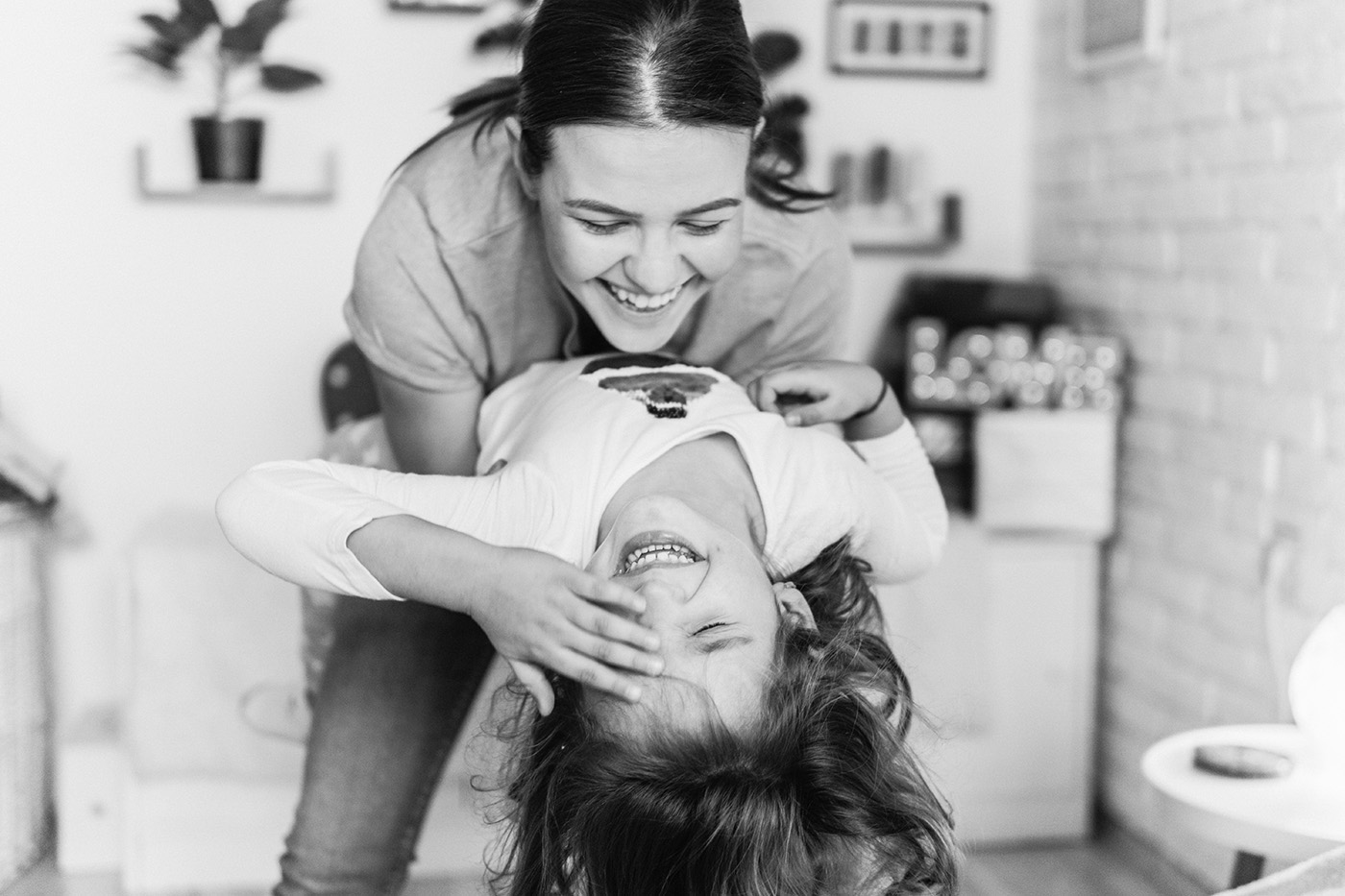What Happens When A Child Is Overtired?
Daylight Savings Time: Tips for Falling Back
If your child is a Sleep Wise graduate, you have experienced exhaustion and sleep deprivation that only fellow parents can understand. You’ve also worked hard to create new habits and a routine that has rewarded your child (and you!) with a full night of sleep regularly. You want nothing more than to maintain this restful sleep night after night. What could get in the way? Enter: Daylight Savings Time.

While DST is an adjustment, it doesn’t need to derail your sleep. There are two important people to consider during this time change period of adjustment: your baby…and you. That’s right, both of you are doing to need to adapt and both of your internal clocks will need to reset. So instead of just focusing on how to get your little one moving through this, let’s talk about ideas for everyone!
1. Give it Time
The most common question we get from parents is: “How long does it take to adjust to Daylight Savings Time? Great question! Any change in sleep routine takes around 7 days for a body to adjust to. The good news is, falling back and gaining an hour is generally easier to adjust to because you are gaining an hour (versus losing an hour in the spring).
2. DST & Mindset
What does your mindset have to do with changing the clocks? It actually makes a huge difference in how you and your child adjust! Since Daylight Savings Time is always on a Sunday, it can be tempting to change all your clocks on Saturday night before you go bed. For some, this can cause an unintentional psychological upset, because your baby will be waking an hour earlier. If this is you, I recommend waiting to change your clocks to sometime during the day on Sunday, and avoid looking at your phones first thing in the morning. It’s amazing how waiting until later on Sunday to change the clocks can make such a big difference.
3. Adjusting Your Baby’s Sleep Schedule For Daylight Savings Time
With toddlers and older children it can be easy to take the “cold turkey” approach when it comes to DST and immediately adjust to the new clock time. With babies it is much easier to make this adjustment gradually. It doesn’t really matter if you make this adjustment the week before DST or the week after, it will take about a week either way.
Here’s how:
- Day 1: Shift bedtime back by 30 minutes. Example: Bedtime is normally 7pm, so put baby to bed at 7:30pm.
- Day 2-3: Maintain this temporary bedtime.
- Day 4-6: Shift bedtime back by 30 more minutes. Example: Bedtime is now 7:30pm so put baby to bed at 8pm.
- Day 7: New bedtime will feel normal!
Follow this same system for naps as well! This way there’s still the same number of awake hours in between sleep times.
4. The Digital Clock Tip for Toddlers
If you decide to go the gradual approach with your toddler, you have the benefit of them being able to understand a digital clock. An easy way to help your toddler with DST is to set up the clock 30 minutes ahead for a few days (so 6:30 would read 7:00) and put tape over the minutes. This will help them still know the right hour for waking up and getting out of bed. If you have a toddler clock you can also make this adjustment so your child will know when they can get out of bed.
5. Helping Your Baby Adjust to DST in the Morning
Young babies can be most sensitive to this one hour shift because their awake windows are already so short, and it’s easy for them to get overtired by extending an awake window, so we want to start our day off on the right foot! Each day, just go in to your little one ten minutes later than the day before and within a week you’ll have adjusted their get out of bed time by an hour (and their wake up time will follow suit!).
You’ll still adjust nap and betimes as detailed above, but the waking up cues you’ll take a little slower. And within a week (two at the longest), you’ll both be back on track!
So hang in there and know that with a little planning this one week adjustment will go smoothly. And, of course, we’re here if you need us!


